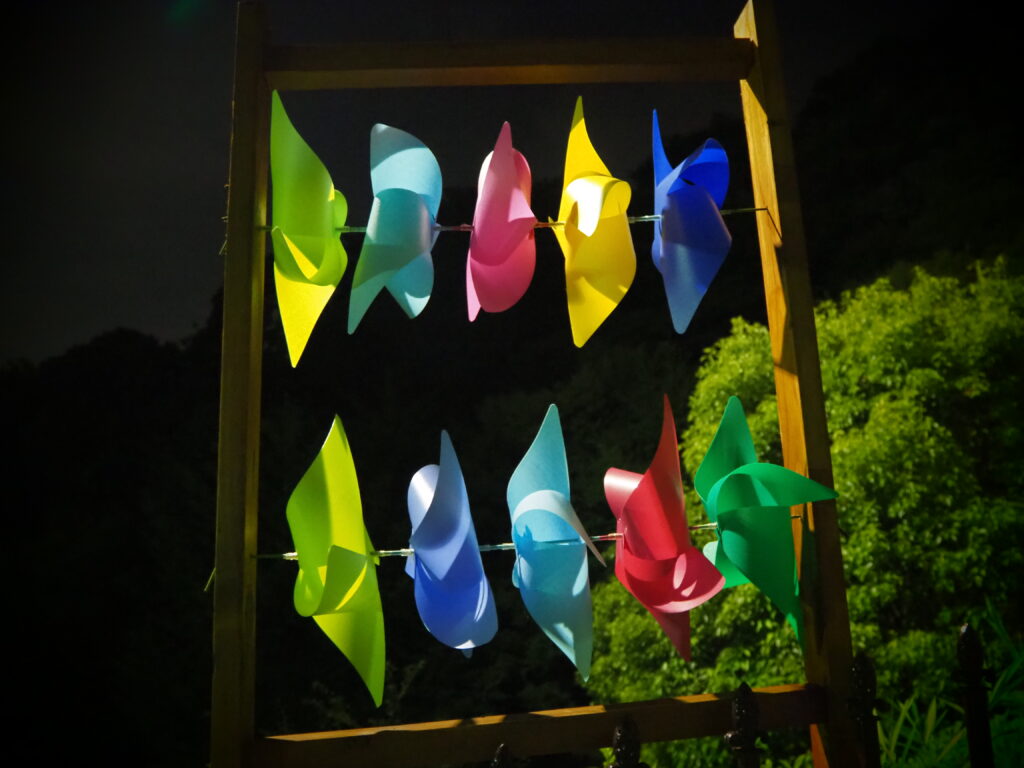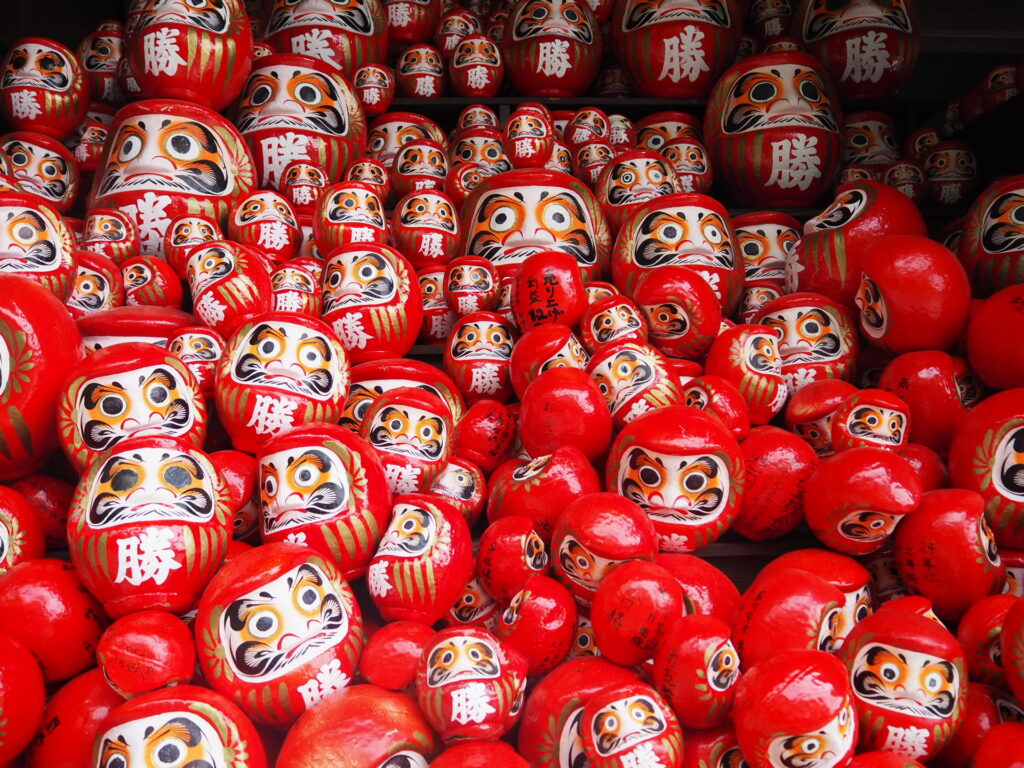Japanese people primarily use chopsticks for their meals. Of course, we use forks when eating spaghetti and hands for hamburgers. It’s customary to say “Itadakimasu” (a phrase to show gratitude for the food) before starting a meal and then pick up the chopsticks. At home, we use reusable chopsticks made of wood or plastic. At convenience stores and restaurants, disposable wooden chopsticks are often provided. Chopsticks are not only used for eating but also for cooking, where long cooking chopsticks called “saibashi” are used. Chopsticks are an integral part of Japanese culinary culture, and they are essential at the Japanese dining table.
Proper Chopstick Usage
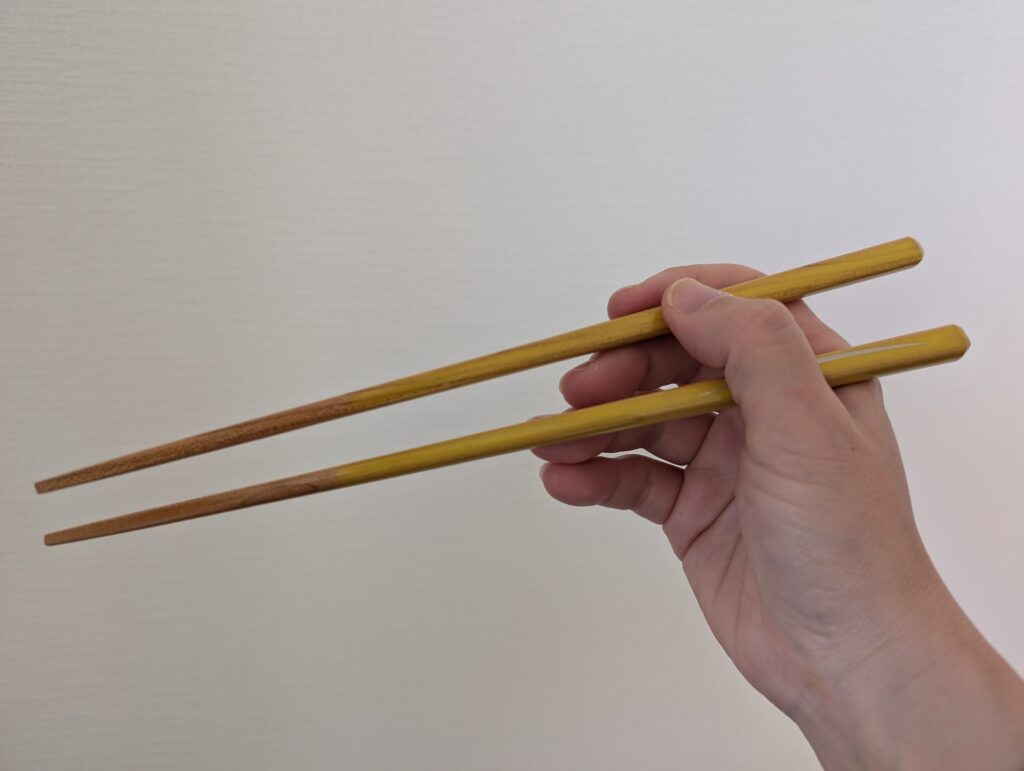
- Grip: First, hold the upper chopstick with your thumb, index finger, and middle finger. The lower chopstick is held stable with the base of your thumb and the tip of your ring finger.
- Movement: Move only the upper chopstick to pinch food. Keep the lower chopstick steady.
- Posture: Keep your wrist steady and avoid moving your elbow too much. Holding the chopsticks in a natural position helps prevent fatigue during long periods of use.
Points to Remember
- Ensure the tips of the chopsticks are aligned.
- Use chopsticks to pinch food rather than stabbing it.
- It is common to hold chopsticks around their middle point.
Common Chopstick Taboos
In fact, there are countless taboos when it comes to using chopsticks. How you hold chopsticks is considered an important aspect that reflects one’s manners and upbringing in Japan. You often hear that you can tell someone’s upbringing by how they hold their chopsticks. People who hold and use chopsticks neatly and skillfully are said to have a good upbringing. On the other hand, if someone struggles to use chopsticks properly, they might be perceived as having poor upbringing, bad manners, or lacking parental discipline. This is very characteristic of Japan.
Here are some common taboos that are often accidentally committed:
- Sashi-bashi: Stabbing food with chopsticks.
- Yose-bashi: Using chopsticks to pull dishes or bowls towards you.
- Watashi-bashi: Resting chopsticks across the top of a bowl.
- Saguri-bashi: Stirring food in a bowl with chopsticks to search for something.
- Nigiri-bashi: Gripping chopsticks in your fist.
- Namida-bashi: Licking the tips of chopsticks.
- Kuwae-bashi: Holding chopsticks in your mouth.
- Sashi-bashi: Passing food to someone else by stabbing it with chopsticks.
- Tate-bashi: Sticking chopsticks vertically into food, especially into rice, which resembles a funeral ritual.
- Sashi-bashi: Pointing at people with chopsticks.
- Tataki-bashi: Hitting the table or dishes with chopsticks.
- Mayoi-bashi: Hovering chopsticks over dishes while deciding what to eat.
Ideal for Gifts
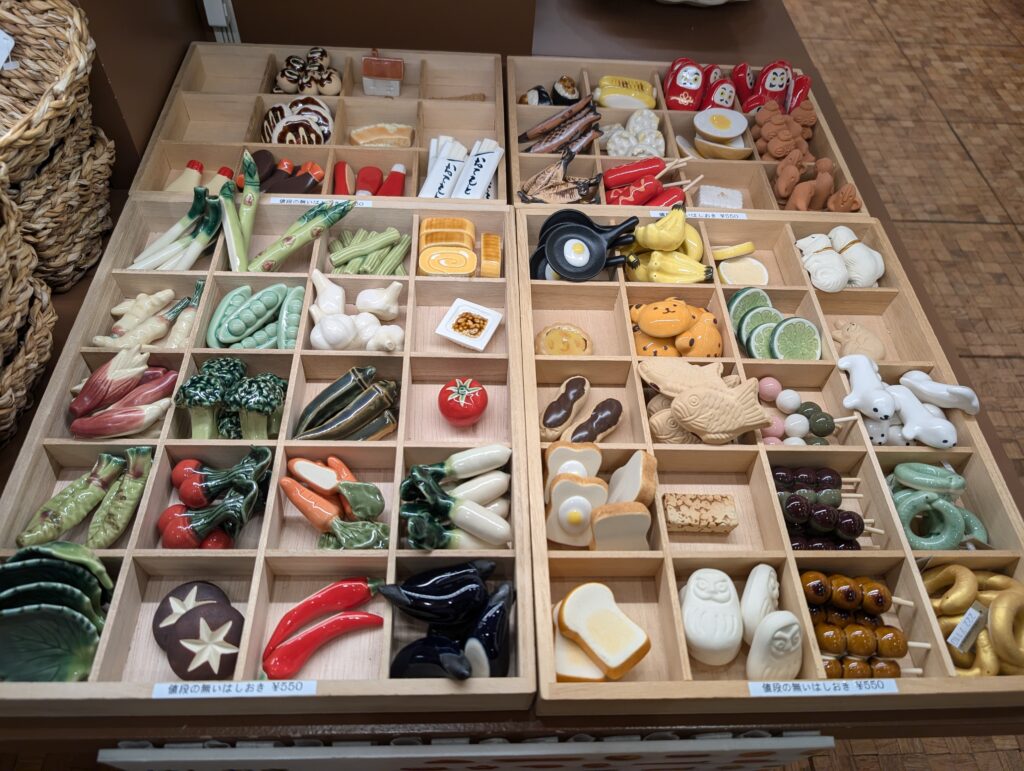
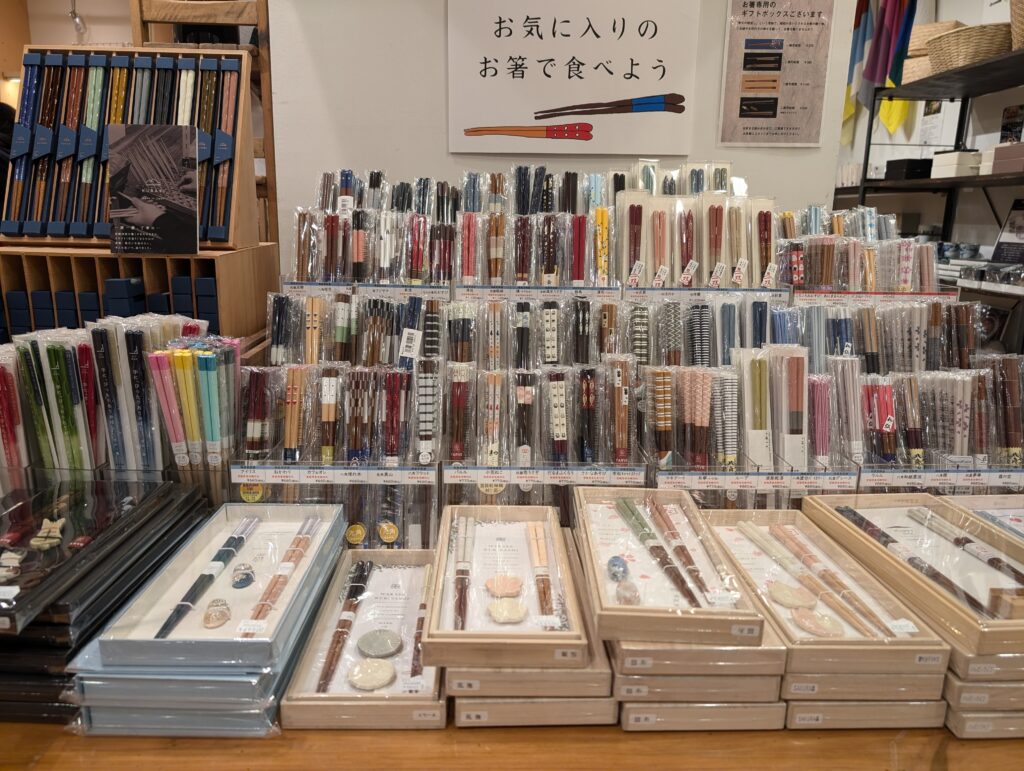
Chopsticks, which are essential at the Japanese dining table, also make great gifts. Chopsticks come in pairs, so they must always be together. They make great wedding gifts as they symbolize ‘harmony and togetherness.’ It’s a meaningful way to wish a couple a lifetime of happiness. Chopsticks are also considered good luck charms that connect people. They are cherished gifts for anniversaries, birthdays, and other special occasions. A set of chopsticks in a wooden box, together with chopstick rests, is a gift that is highly appreciated. You can also have personalized chopsticks with names engraved on them, creating unique “my chopsticks.”
Having a pair of personalized chopsticks enhances the experience of eating Japanese cuisine.


